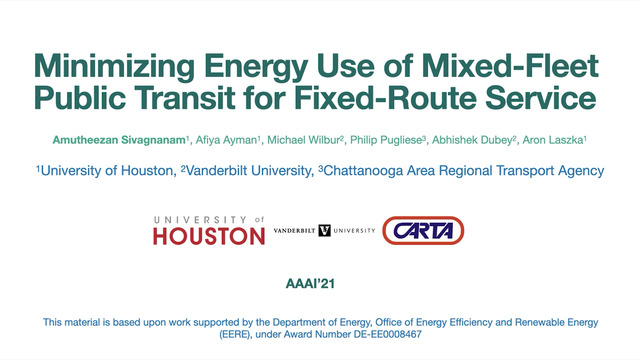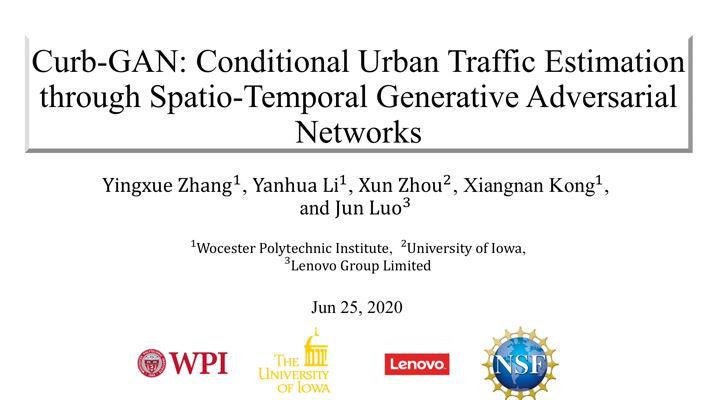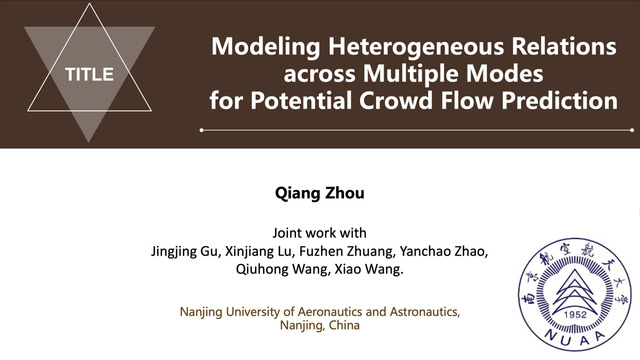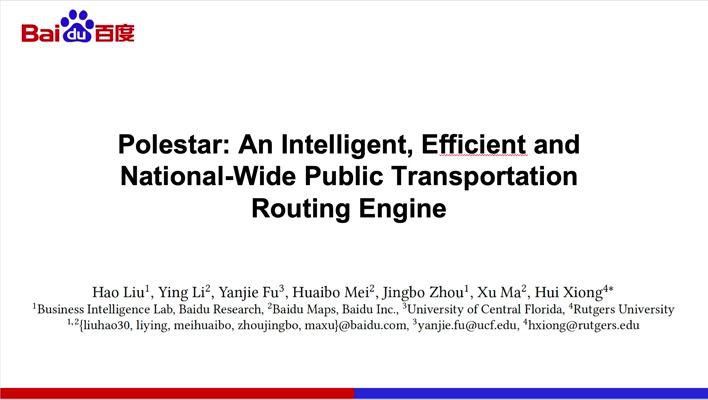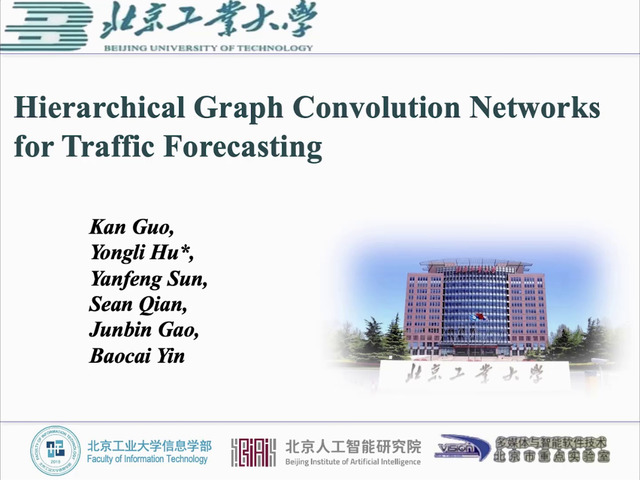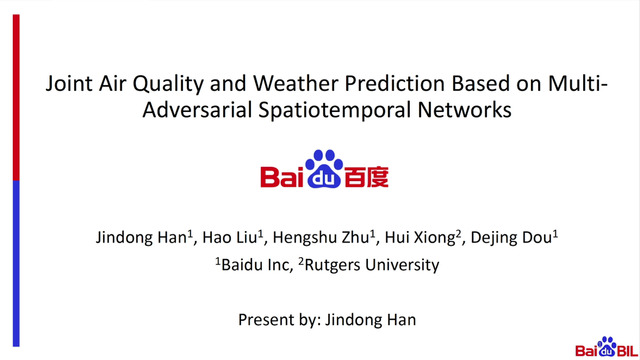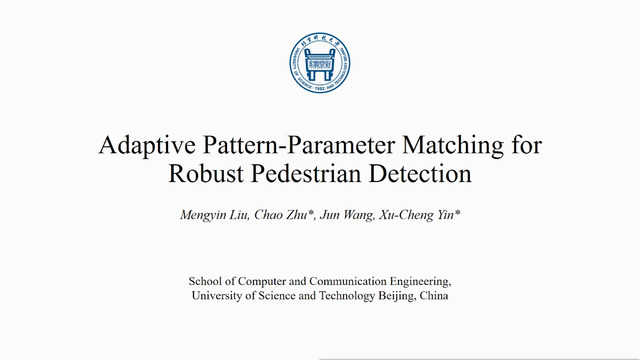Abstract:
Traffic deployment is highly correlated with the quality of life. Current research for passenger flow estimation in transportation route planning focuses on origin-destination matrices (OD) analysis; however, we claim that urban functions and geographical environments around passing area and stations should also be considered because they affect the demand of public transportation. For the route-based demand prediction task, we therefore define route-affecting region (RAR) to model the influential region of routes. Based on the proposed RAR, we further proposed route-based feature extraction approaches along with adopting several regression models to do high accurate inference. Given heterogeneous features and faced with the competitive and transfer effects of existing routes, our proposed RAR-based feature engineering methods are effective for handling and combining dynamic and static data which are high-correlated with passenger volumes. The experiments on bus-ticket data of Tainan and Chicago, with public transit network structures different from each other, show the adaptability and better performance of our proposed RAR-based approach compared to traditional OD-based feature extraction strategies.






